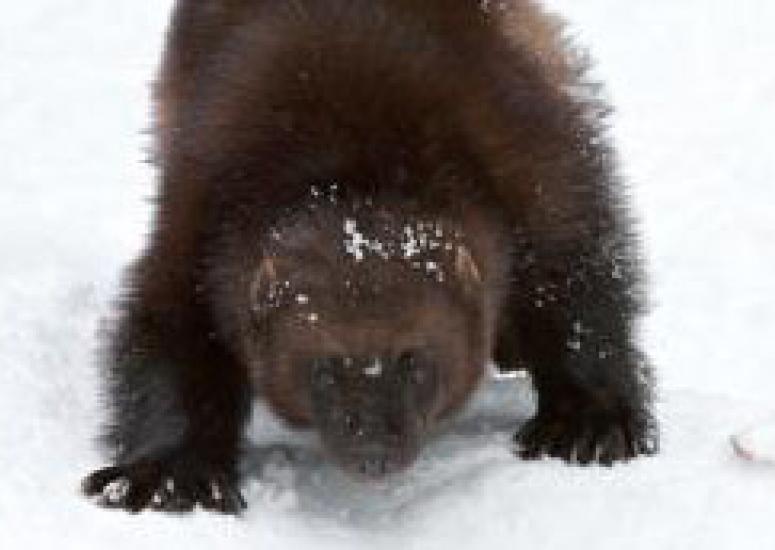-
Snowfall and climate change in the Colorado River headwaters
Last year, a team of NCAR scientists verified that the Weather Research and Forecasting model (WRF) can be used to depict seasonal snowfall in Colorado with a high degree of accuracy. Now the team is using WRF to forecast future snowfall.
- Climate
-
Tropical triggers for polar stratospheric warmings
A new study from NCAR uses an innovative computer model to investigate events called sudden stratospheric warmings (SSWs) in the Arctic atmosphere. The study focuses on how two atmospheric patterns based in the tropics, the El Niño–Southern Oscillation and Quasi-Biennial Oscillation, affect SSWs.
- Sun + Space Weather
-
Different methods for forecasting wind power
A new NCAR study compares two different methods for forecasting power production at wind farms: turbine-based versus farm-based.
- Weather
-
How snowflake type influences snow measurements
A new study by NCAR scientists looks at the accuracy of snow gauges. Making accurate measurements of snowfall is critical for weather forecasting, climate studies, and hydrology. But a combination of snow gauge geometry and weather conditions can lead to systematic measurement errors.
- Weather
-

Wolverine population threatened by climate change
New research indicates reduced spring snowpack and warmer summer temperatures will affect wolverine habitat.
- Climate
